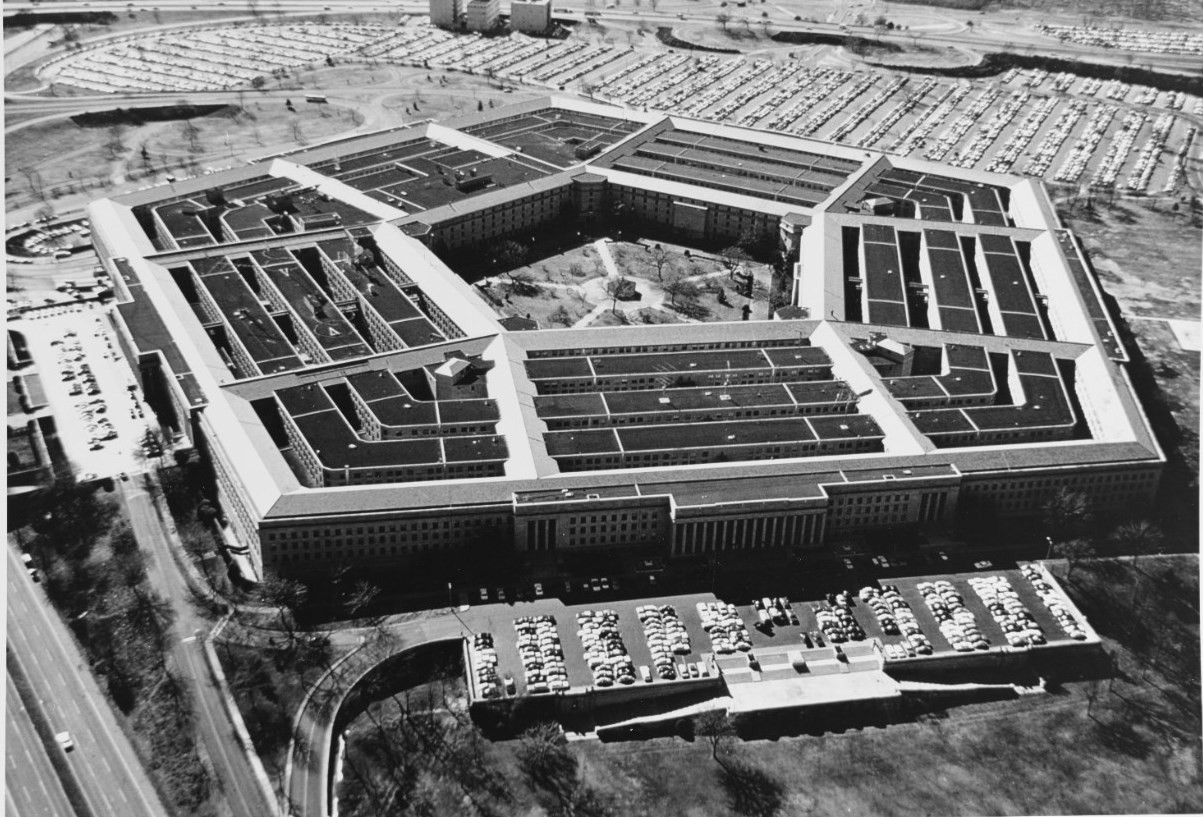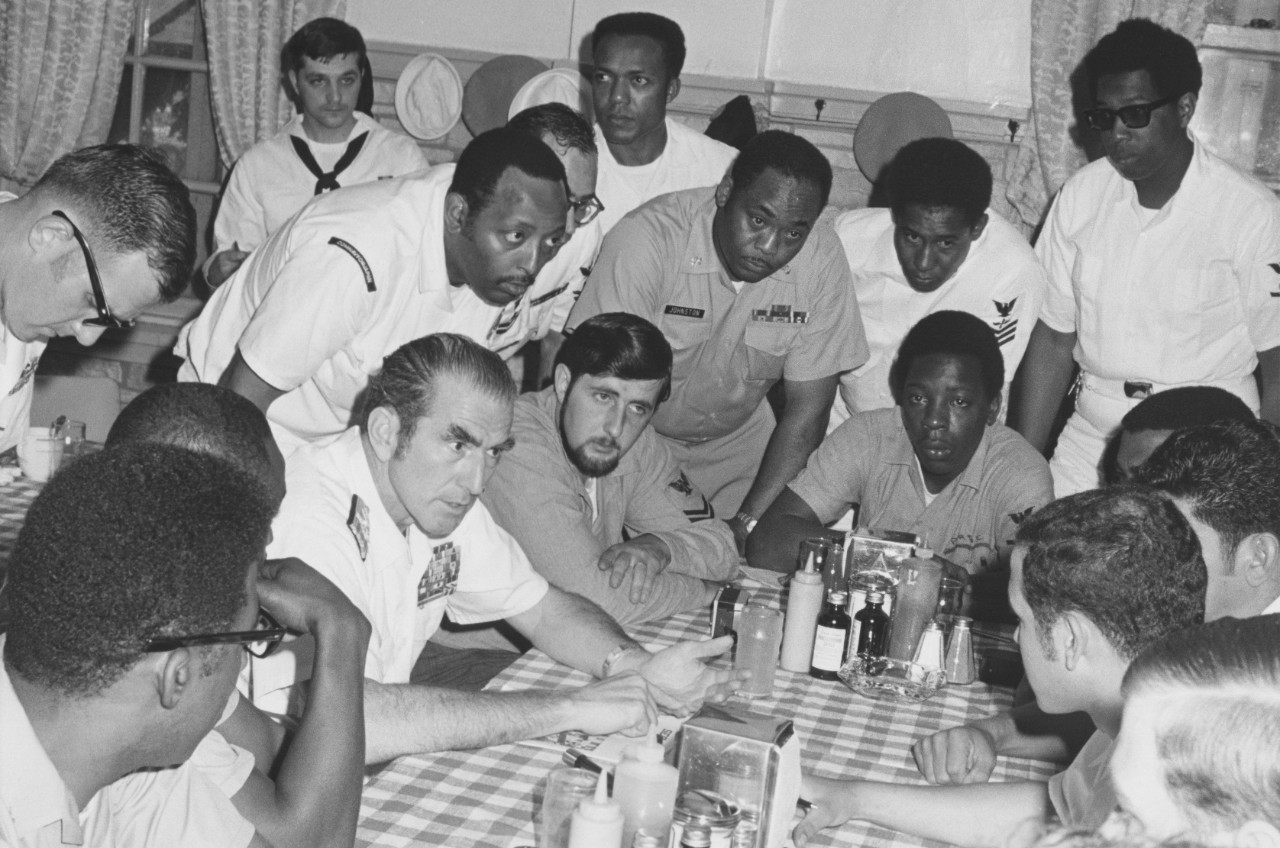
From Naval History and Heritage Command Communication and Outreach Division
Written by NHHC historians Justin L. C. Eldridge, Ryan Peeks, Ph.D., and Greg Bereiter, Ph.D., the 20-page paper, and accompanying 60-page chronology, entitled Navy and Defense Reform: A Short History and Reference Chronology offers insight into how reform has affected the service and how its leaders have managed those changes. Specifically, it
· places defense and Navy organizational and institutional reform in the context of major historical challenges to the service and the nation,
· includes an examination of the Chief of Naval Operations’ (CNO) advisory role and the relationship between the Navy and the Department of Defense after 1947,
· captures nearly 200 defense and Navy reform-related events since 1798, and
· includes references to encourage further investigation into detailed aspects of defense and Navy reform.
The paper proposes that most calls for reform have been related to one or more of four themes:
· the degree of civilian control of the military with the advent of new warfighting capabilities,
· business management, acquisition, efficiency, effectiveness, and cost savings,
· improving unity of effort (i.e., joint operations), and/or
· significant shifts in national policy and strategy as a result of changing international circumstances.
According to Eldridge the paper is particularly timely as the nation and the Defense Department prepare for an executive branch transition that will likely result in calls for reform across government.
“Understanding how past attempts at reform have worked out, and how they are often accompanied by unintended consequences may give Navy and defense leaders insight into what works and what doesn’t” said Eldridge. “For the public, who expect government officials to operate more effectively and efficiently, knowledge of the history of defense reform can help manage expectations of what’s within the realm of the possible.”
Eldridge emphasized that Navy strategist Peter Swartz and fellow historians Curtis Utz, Steven Wills, and Tom Hone, Ph.D. provided essential help in shaping the essay and chronology.
The Naval History and Heritage Command, located at the Washington Navy Yard, is responsible for the preservation, analysis, and dissemination of U.S. naval history and heritage. It provides the knowledge foundation for the Navy by maintaining historically relevant resources and products that reflect the Navy's unique and enduring contributions through our nation's history, and supports the fleet by assisting with and delivering professional research, analysis, and interpretive services. NHHC is composed of many activities including the Navy Department Library, the Navy Operational Archives, the Navy art and artifact collections, underwater archeology, Navy histories, nine museums, USS Constitution repair facility and the historic ship Nautilus.

For more news from Naval History and Heritage Command, visit www.navy.mil/local/navhist/.


